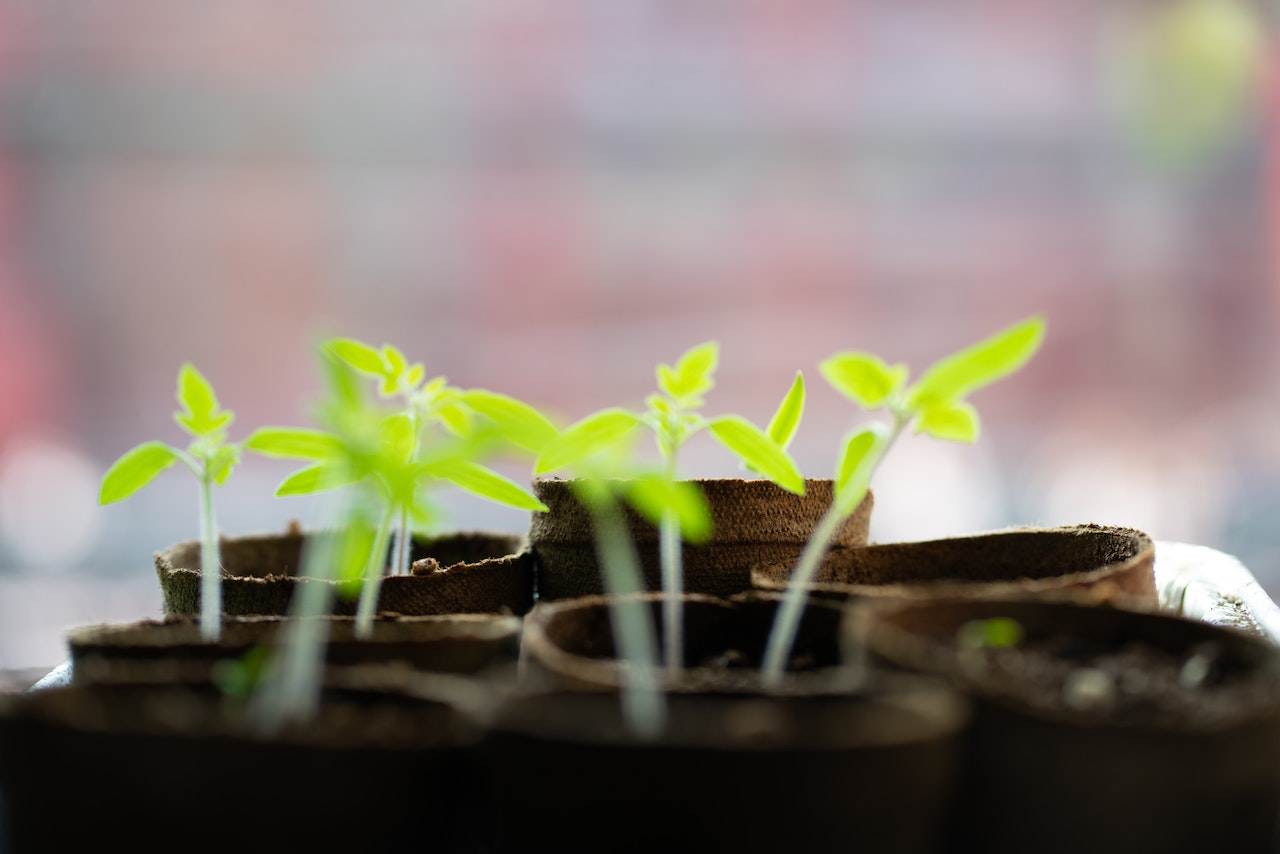Is your new year’s resolution to get growing some veg this year? January is the perfect time to plan your green adventure for 2023. While it may be a few months before you can have a tasty harvest, the winter months are perfect for prepping your growing space, gathering supplies, and deciding what to plant. Here’s a simple guide on how to start growing at home in Sheffield this year.
Learning
For absolute beginners, it can feel a little overwhelming to start your growing journey. There is so much you could learn about vegetables, fruits and flowers, not to mention different tools, methods, composting, fertilisers and countless gardening topics. So, before you start digging up your lawn, here are some tips on learning for when you are getting started.
Reading, Writing & Watching
Books and magazines are a great place to start when it comes to learning about growing food. There are thousands of beginner gardening books you can find cheaply second-hand online or in charity shops. Look at reviews online to find one that fits your style and talks about the things you want to grow. Reading it with a notepad and pen can help you remember tips, but it can also be a place to note down questions which you can look up later. Not everyone is a reader, so watching professional and amateur gardens in videos may be more helpful. Youtube and TikTok are both excellent places to find experienced gardens sharing tips and tricks in easy-to-understand formats. There is usually a great community in the comment section, too, so don’t be too shy to ask questions.
Asking for help
If you have friends, family or neighbours that are already keen gardeners, they are the first person you should ask to learn from. They will have no doubt experienced the ups of a beautiful harvest and the downs of a spoiled crop. Getting real-life experience from people who grow veg in your local area will give you a great insight into what works and what doesn’t. They may offer you some advice that will save you time and money, plus many growers are more than happy to help you get started and show you the ropes.
Volunteer
If you want to fully immerse yourself in how to grow, why not volunteer at a local community garden? Not only will you be contributing to a beautiful community space, but, you’ll also learn a lot from experienced volunteers. There are many places to volunteer in Sheffield once the spring comes, here are just some options; Regather Farm, Lansdowne Estate Gardening Club, Heeley City Farm and The Food Works Farm.
Growing with what you have
Once you’ve got an idea about what you may want to grow and how you want to do it, it’s time to get your hands dirty. You will learn more about growing by doing rather than reading, so drive in to start expanding your skills.
Starting small with a sill
Did you know you can grow plenty on a window sill? You don’t need an allotment or even a garden to start growing your own food. Some excellent indoor plants to try include parsley, basil, coriander, pea shoots, lettuces and cress. These salad leaves and herbs are great starter crops that don’t take up much room. You can also grow small tomato plants indoors, some dwarf varieties actually prefer a cosy window sill to being outside.
Container gardening
If you have a little bit more space outside but no soil bed, like a patio, balcony or porch, you can still grow a surprising amount of food with containers. Smaller pots can be used to grow herbs, salad leaves, spring onions and members of the spinach family. For larger pots, you could grow root vegetables that like deep soil, such as carrots, potatoes and beetroot. Hanging baskets make great strawberry and squash planters. Plus, vining plants like tomatoes and cucumbers can grow in tall and thin pots but will produce lots of fruits if given vertical supports to cling on to.
A tiny bit of land
If you are lucky enough to have a bit of land to grow on, even if it’s just a small flower bed, then square foot gardening may be for you. Square foot gardening is the practice of dividing the growing area into small square sections, typically into 1 foot (30 cm) squares, hence the name. The aim is to offer an efficient, small-space way to grow vegetables and you can grow an amazing amount in just a tiny space. Look online for planting plans for specific plants to include, but many advise a mixture of taller plants like corn or tomatoes, rooting veg to cover the soil like radishes and onions, and interplanting with flowers or herbs which can be both edible and attract pollinators.
The most important thing about starting growing is enjoying the process. You won’t always be successful in your efforts, but with time and practice, you can grow a little garden you are proud of and build your skills.

